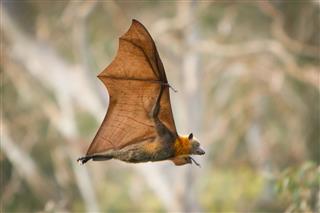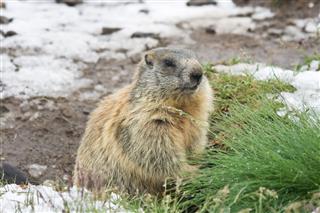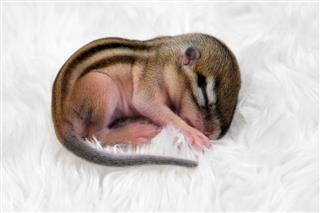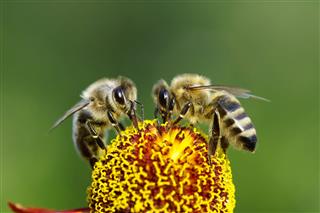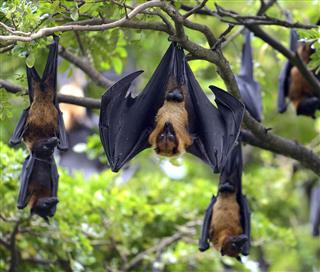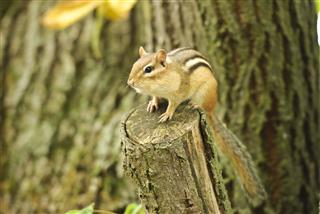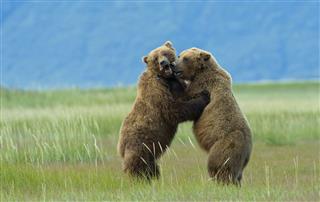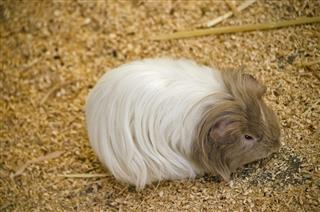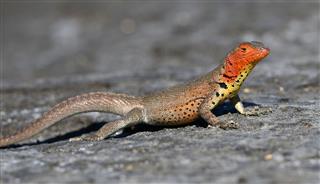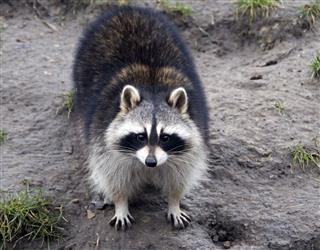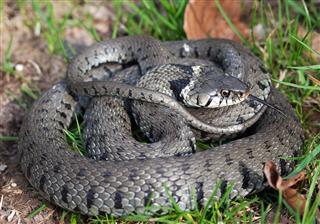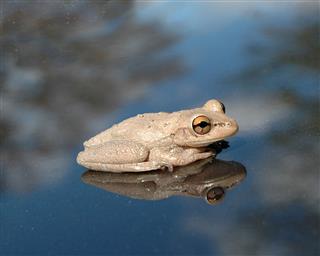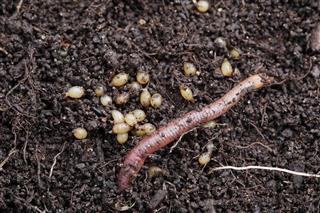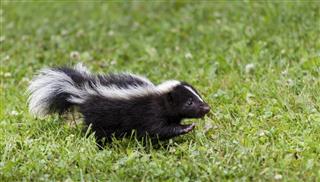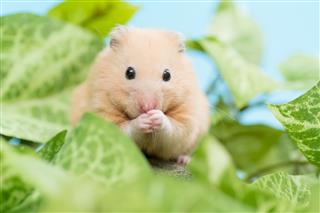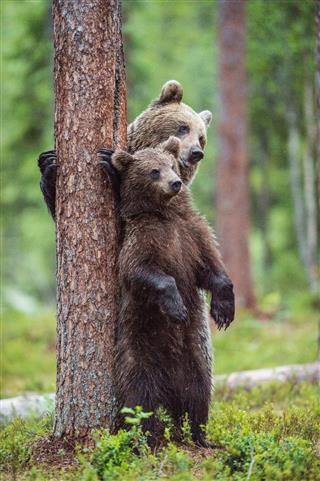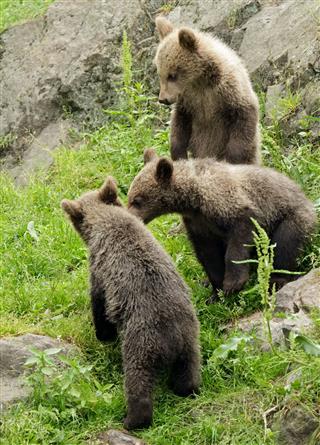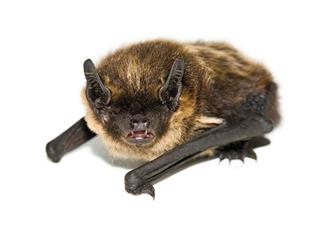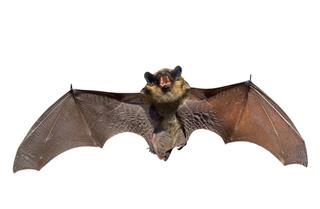
The hibernating animals list covered in the following article, will help you learn about those animals who spend their winters sleeping. Let’s also learn why do animals hibernate, from the information given in the following article. Read on and learn about spending cold, winter days doing nothing, but sleeping.
After spending the hot summer days playing in the sun and warm fall days collecting food, animals have to prepare themselves for the bitter cold. Unlike humans, they do not build elaborate homes with heaters and chimneys to keep them warm. Yes, they do have a warm fur coat, but it is no match for the freezing temperatures in the wild. Thus, in order to face the winter bravely, many animals adapt themselves.
Adaptations
There are many types of adaptations an animals goes through in order to survive the winter. Some start migrating towards warm regions, some build a thick fat layer and fur coat over their body and some just sleep. There are many animals who hibernate in winter. In the following paragraphs, we shall have a look at the hibernating animals list that will help you know which neighborhood wilderness animals sleep their way through winter.
List of Hibernating Animals
There is a long list of hibernating animals that includes mammals, amphibians, fish, reptiles, insects, birds, etc. Bees, earthworms, snails, mud turtles, butterflies and moths, gila monster, wasps, rodents all undergo hibernation. As you take a picture tour of the hibernating animal lists, we shall cover information related to why do animals hibernate.


Why do Animals Hibernate?
Winters is the time when the food becomes scarce. The trees focus on survival rather than bearing fruits and berries. Thus, animals end up losing more calories than usual which makes them weak because their bodies use up more and more energy to keep them warm leaving little to no energy for hunting.
The animals who do not stay in pack can starve or freeze to death. In order to survive the winter, animals have adapted themselves. This adaptation is called hibernation.
What is Hibernation ?

Hibernation is a type of deep sleep an animal enters. This helps them to keep their energy needs to the minimum and helps them regulate their body temperatures better. While in deep sleep the fat and calorie build up helps them get through the winters.
Ways of Hibernation

There are different ways in which animals that hibernate manage the period of hibernation. A squirrel sleeps for about 4 to 5 days at a stretch wakes up, eats the food that it collected in summers, take a wee break and sleep for another 4 to 5 days. Bears sleep throughout the winter without a break and wake up fresh and hungry in summers.
What Happens During Hibernation?
Physiological inactivity is hibernation. When animals know it is time to hibernate, they produce a hormone called ‘hibernation-specific protein’. This hormone starts lowering their metabolic activity and induces sleep state. Soon, the heart rate drops, breathing becomes slow and the blood supply gets restricted to the essential parts.
The non-essential organs start entering a state of stasis. This leads to drop in core temperature and the internal temperature is more or less equal to external temperature. Thus, the energy requirement is reduced and the animal survives winter.
Which Animals Undergo Hibernation ?
When you have a look at the list, you will find a variety of species who follow this survival strategy. Mammals such as bats, bears, ground squirrels, undergo hibernation. Reptiles like tortoises and snakes, too undergo sleep state. Birds like Poor-Wills, swifts, and nighthawks, as well as amphibians like toads and frogs too hibernate.
These animals store food as body fat during the months of summer and fall. When they hibernate they use up their body fat for the little energy that they need to live during hibernation. Some animals like squirrels store their food in burrows and caves. This food works as a light snack when they do wake up from their sleep for a break.
In case of cold-blooded animals, their body temperatures drop with the drop in environmental temperatures. This means their body temperatures will match the environmental temperatures. When the temperatures outside begin to change, and the air becomes warmer, these animals will wake up from their deep sleep.
This was all about the hibernating animals list. Hibernation is a path of evolution that was taken by most animals to survive harsh winters. The next time you pass an animal in deep sleep during winter, do not wake him up. Wish him good night and allow him to complete his body cycle.
